There's no stealth mode here.
Personally, I would never use an indoor security camera. Sure, I've got no problem recommending the best indoor cameras for folks who feel comfortable with a camera looking at them all the time but, as for me and my household, I don't trust a single one of them. Outdoor cameras are just fine — heaven knows I've tested dozens of them and use several outside at any given time — but taking them inside the house is a big no-no.
That's because, regardless of the built-in security features that companies like Google and Ring work hard to integrate into their systems, there's always a chance that human error can obfuscate them — not to mention folks that don't use two-factor authentication or share passwords between apps.
But none of that matters if the only indoor camera you have is impossible to run in stealth mode. While most indoor cameras have a nice, bright LED light that turns on when the camera feed is being accessed (or recorded), there's nothing like a nice, loud fan to let you know the camera is running. That, and many other "shortcomings," are the reasons that the Ring Always Home Cam is the only camera I would ever put in my home.
What is Ring Always Home Cam?
As you might have gathered from the imagery, Ring Always Home Cam is a small, $250 automated drone with a Ring camera embedded in its "neck" that can fly around your home. Because it isn't sitting on a shelf in the corner of the room, Ring Always Home Cam can give you a unique remote view of your home from seemingly any angle. Just like a regular Ring camera, the Always Home Cam can be accessed and controlled from the Ring app on your Android or iOS smartphone.
Ring Always Home Cam's design looks a bit like a capital T, with the cameras resting in the middle of the neck portion of the drone. When it's not flying around, Ring Always Home Cam docks into a charging station, completely covering the camera from use. While flying, Ring says that the propellers give off a noticeably loud whirring sound that will let you know where it is at all times.
Ring Always Home Cam isn't the controversy some imagined
Ring Always Home Cam's original debut in September 2020 sparked countless editorials and commentary revolving around the clearly sinister concept of Ring and Amazon putting a drone in your home. Many of them focused on prior Ring privacy scandals — ones the company had finally been able to put behind them with many structural changes and clever marketing — yet, here was a product that seemed to literally fly in the face of all that progress.
For a full year, Ring went radio silent on the Ring Always Home Cam. Little more than rumors of its demise spread among those still interested but the rest of the tech verse seemed to have largely forgotten about its existence. Controversy waned with time and Ring looks like it used feedback from the outrage to ensure that its eventual debut was met with little more than quiet approval.
Many of the negative thoughts worry that the product could be used in a way that we've learned is physically impossible.
This year, Ring re-debuted the Ring Always Home Cam at the Amazon September 2021 event. There, it finally gave customers a chance to sign up for a chance to buy the device, meaning it wasn't ready for the full-scale rollout just yet. Ring is still playing this one close to the proverbial chest, and that's for the best given the sensitive nature of the feelings that people get when they think about a done-mounted camera flying around their homes.
But here's the deal: many of the negative thoughts surrounding a Ring-branded home drone were formed on a lack of facts, or the worry that the product could be used in a way that we've learned is physically impossible.
The latest information we have on Ring's home drone looks, at least on paper, like the typical shortcomings of a first-generation product. Five-minute battery life, the inability to manually control the drone yourself, no support for multi-story homes, loud fans that could verge on being obnoxious, no camera or microphone on board, and a navigation algorithm that'll land the drone if it's ever unsure of the location or flight conditions (instead of trying to figure it out).
Instead of looking at these as negatives, I challenge you to view them as the best possible combination of positive points we could have gotten for a product such as this. Before we dive into those points, however, let's take a look at why indoor cameras are, generally, a bad idea.
The problem with other indoor cameras
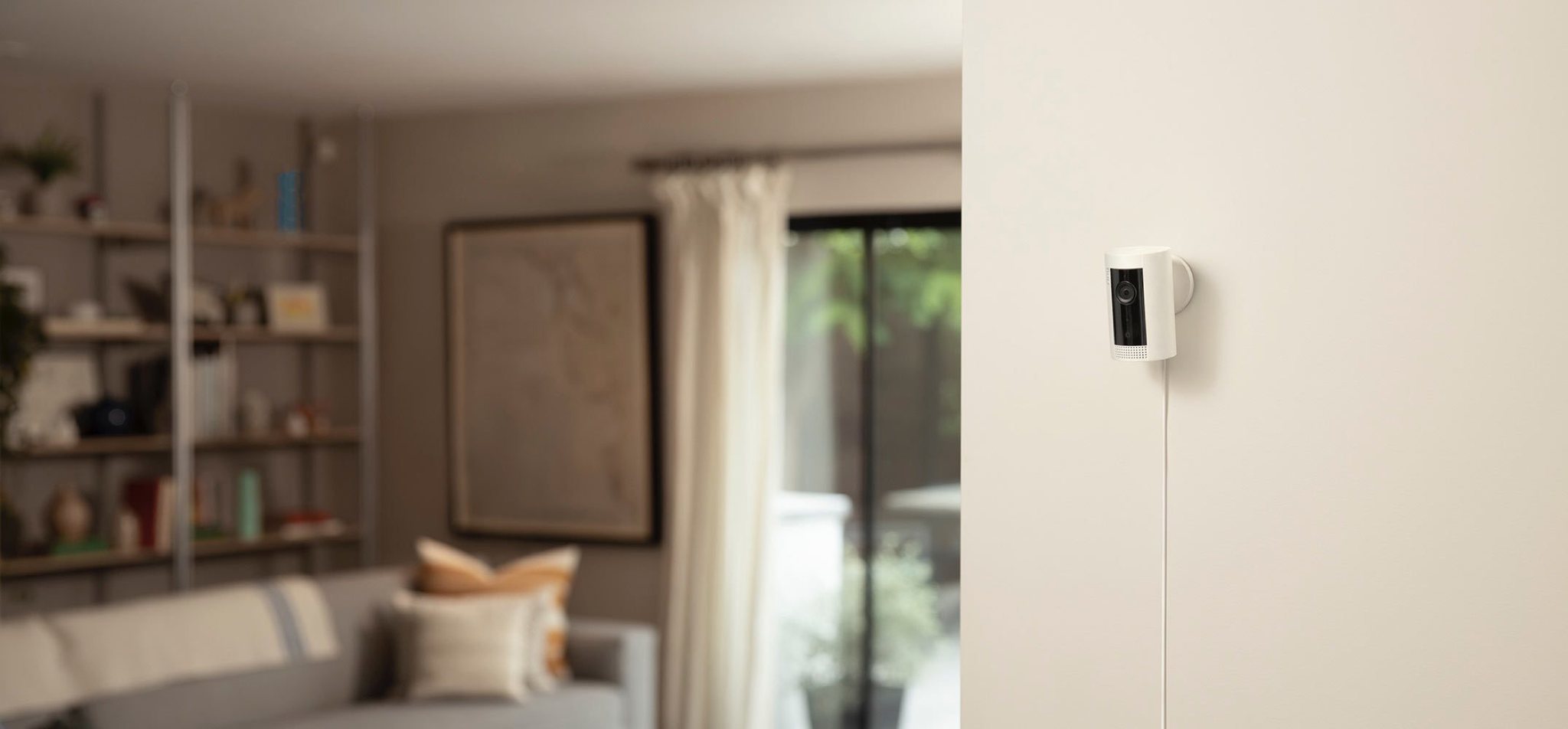 Having a camera staring at you in your own living room is creepy.
Having a camera staring at you in your own living room is creepy.
Over the years, we've seen countless examples of indoor security cameras exhibiting behavior that can be described as anything but secure. Whether it's strangers talking to your kids through your camera — via access that was provided by a data breach or another method — or even sextortion scams that claim to have footage of you sans clothing, indoor cameras are a scary bargain to make.
There's always doubt in my mind that an indoor camera isn't recording me all the time.
Arguably the biggest issue is a complete lack of any significant physical identifiers that a camera is recording. Sure, most (if not all) indoor cameras have a small LED that lights up when recording, but do you trust that the LED is always on when someone is viewing the feed? Even if I know better because of a technical reason, there's always a doubt in my mind that the camera could be recording without me knowing.
Physical shutters have become more commonplace on devices like an Amazon Echo Show but are strangely missing from other cameras that are always plugged in. Having a shutter that only opens when the camera is recording or being viewed — or when the cameras are set to away mode — would deliver significant peace of mind.
I also seriously question the security of any camera hooked up to the Internet. Try as you might to create strong passwords or enroll in multi-factor authentication, there's always the distinct possibility that someone could hitchhike onto your home network — normally done via a device that isn't getting regular security updates — and use credential or packet sniffer tools to access the camera feed.
I seriously question the security of any camera hooked up to the Internet.
That scenario might be unrealistic for most homes, but it's not unreasonable to think that it could happen to anyone, quite simply because it has happened more than once in the past.
When a negative is actually a positive
Now we come back full circle to the drone. The limitations Ring built into Ring Always Home Cam aren't first-generational design limitations so much as they are intentional limitations. It's evident by the initial response from critics that we don't want a drone camera that can patrol our homes without significant restrictions or limitations, and that's exactly what Ring is giving us.
Let's start first with control. Ring Always Home Cam needs to be taken through a manual walkthrough of your home in order to map it. This isn't a manual fly through. It's quite literally a manual walk through. 20-seconds into the trailer above will show you how it's done.
It's evident by the initial response from critics that we don't want a drone camera that can patrol our homes without significant restrictions or limitations, and that's exactly what Ring is giving us.
Once the drone has mapped out your home in the app via this walkthrough process, you will then label rooms and denote anywhere you have Ring Alarm intrusion detection devices present. If one of these devices is set off — be it a motion detector or a window/door sensor — Ring Always Home Cam will follow the pre-determined paths to this area.
The fact that Ring doesn't allow manual control over the drone — not even during the setup process — is an impressive ode to how this technology works and how it respects your privacy. Like many robot vacuums, this drone relies entirely on SLAM algorithms (simultaneous location and mapping) to figure out where it's going.
Oddly enough, Ring Always Home Cam cannot traverse up or down stairs in its current state. Ring says it's working on adding this feature in a future software update but, for now, I like the fact that it can't adjust its altitude very much automatically. Obviously for multi-story households, this one is just a negative point.
Part of the reason for this limitation — at least from our limited understanding of its inner workings at this point — is because the robot only follows set paths determined during that initial setup phase. You'll walk it through the home and a path will be remembered roughly along that same one that you walk. This keeps the drone from smacking into walls or other breakable things, like pictures on walls or vases on stands.
When it does come across something in its path, whether that's a closed-door or another obstacle, it appears that it'll just navigate back to the base and deliver a notification to your smartphone informing you of the problem. Likewise, if a strong fan is on or some other wind current is blowing (read: an open window), the drone will land itself so as to keep from being blown into something.
No on-board microphone or speakers means creeps can't bother you.
If there's a time that Ring Always Home Cam is flying around your home, you'll know it immediately. Ring says its rotors emit an audible whir that's unmistakable, giving you an immediate warning that something is up (quite literally). That makes it impossible for someone to spy on you with the drone, even if they somehow got access to your Ring account. That, alone, is a reason I'd pick this camera over any other stationary indoor camera.
Lastly is the omission of speakers or a microphone on the unit. That, of course, means this can't emit a siren or allow you to use two-way communication the way other Ring cameras can. While that may be a bummer, remember that Ring Always Home Cam is designed to be used in tandem with Ring Alarm, which immediately solves the problem of not having an onboard siren.
Not having a microphone means no one can spy on you audibly in your home — another huge win for Ring Always Home Cam — and not having speakers means creeps can't talk to you or your kids if they happen to gain access to your account. For me, it's a win-win-win situation.
Can't wait for it
If you're like me and Ring Always Home Cam sounds like a much better product than a normal in-home camera, you can request an invitation to buy one below. If you get accepted, it's $250 for what I'd consider being the most private in-home camera you could ever ask for. That's a little bit more than the average indoor camera but not outrageously priced by any means, especially since you'll likely only ever need one for your entire home.
It'll be particularly interesting to see how Ring evolves this product based on user and critical feedback, especially given the company's past and how it has successfully managed and overcome crippling privacy scandals. Ring is a different company than it was just two years ago, and products like the Always Home Cam help convince me that it's trying to reform itself in ways that benefit customers, all while retaining the privacy we desire.
The only camera you'll need
Ring Always Home Cam
Request an invitation at Amazon
Covering every angle, every time
Ring Always Home Cam is the most private, yet versatile, camera Ring ever designed. If you like the idea of having one indoor camera that can see your entire home, you can request an invitation to buy one from Amazon.
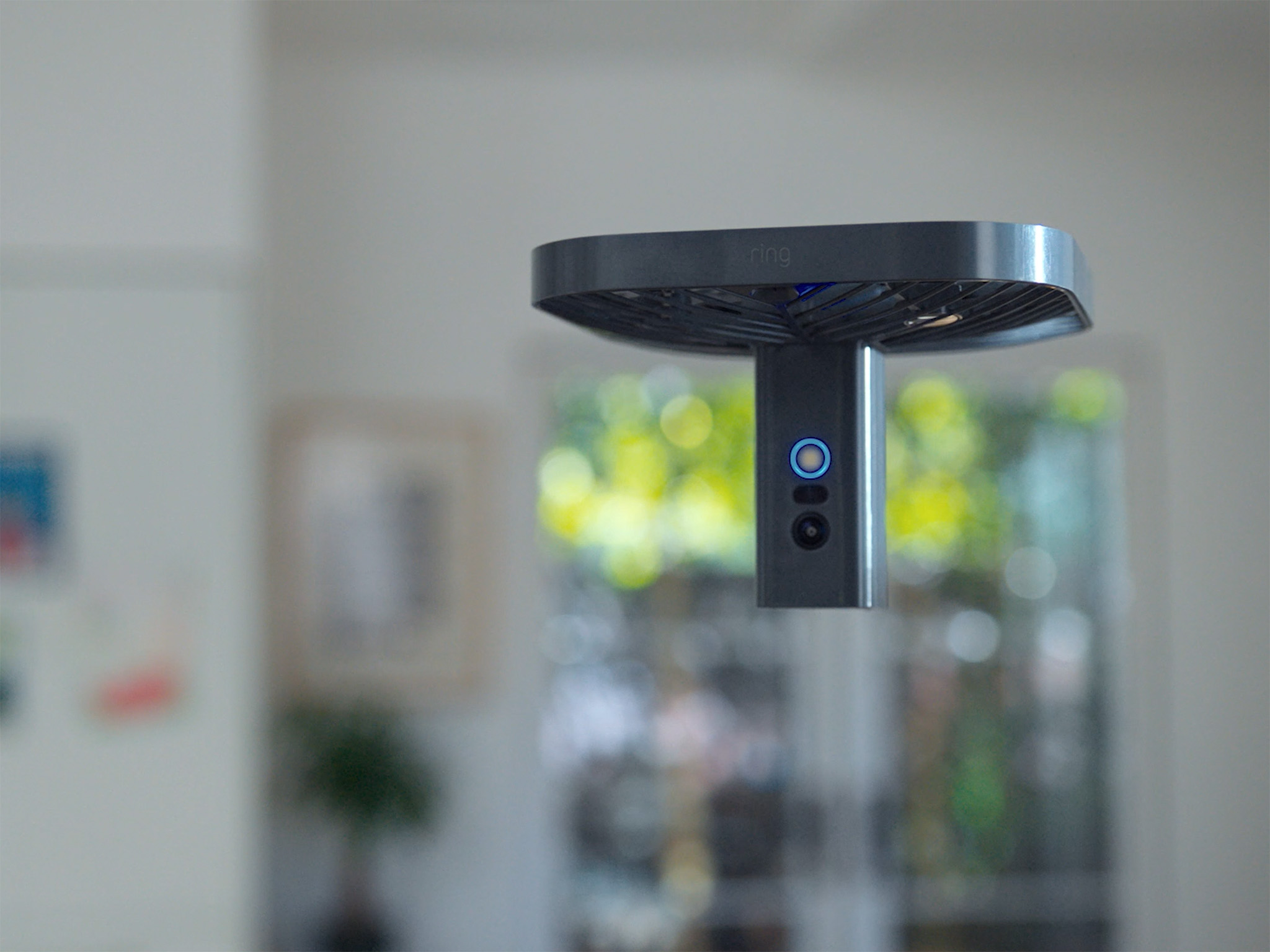
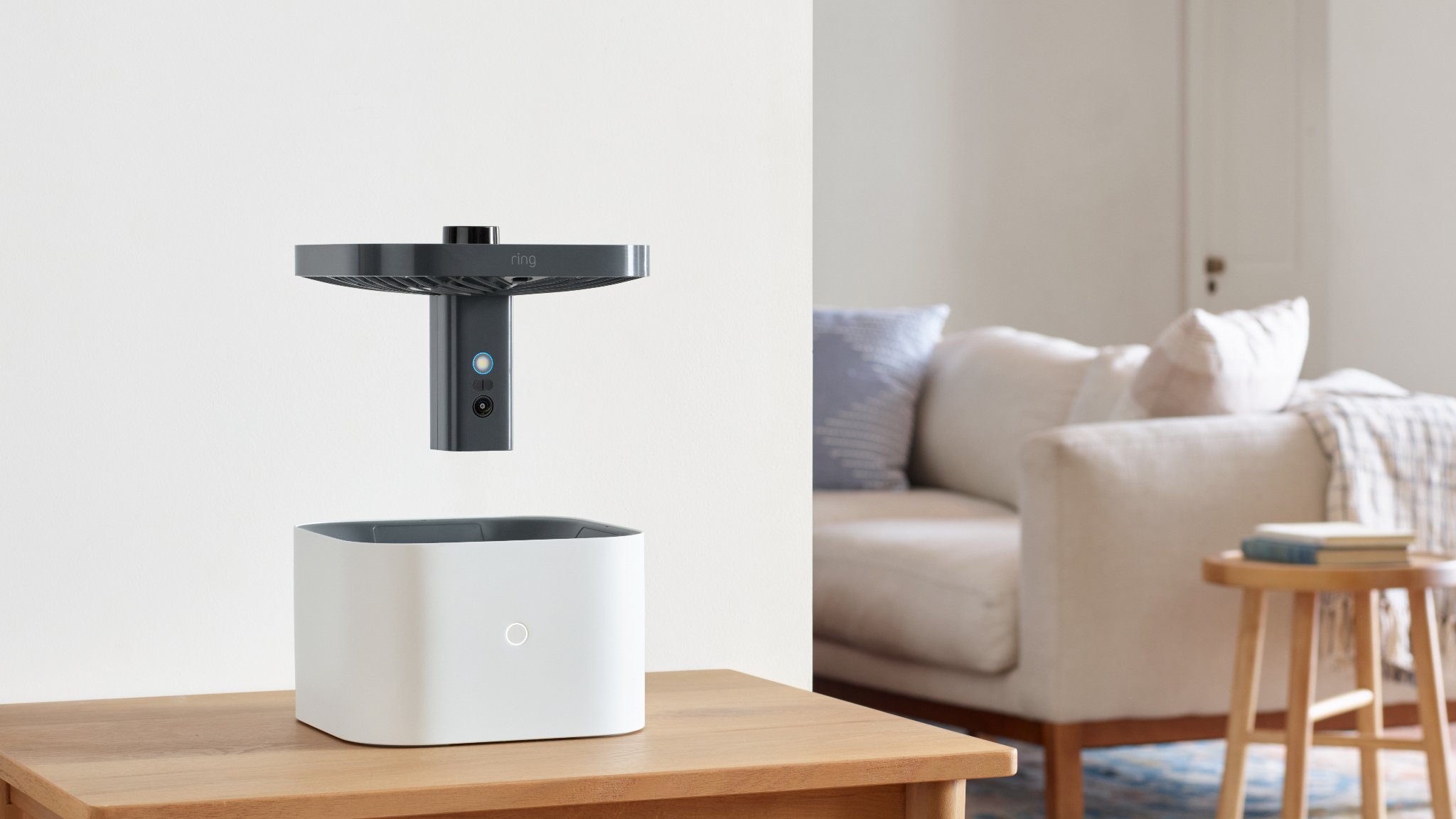
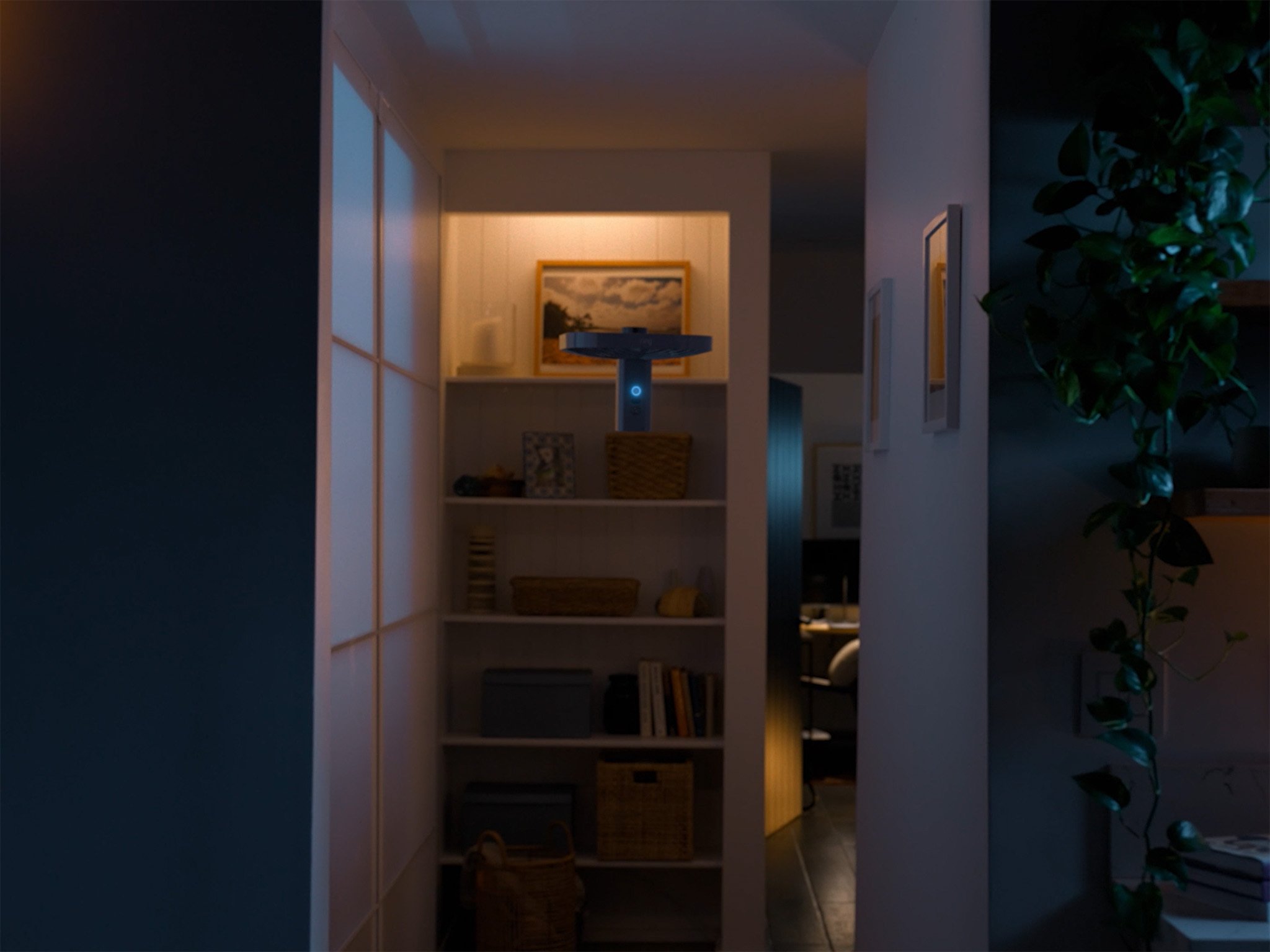
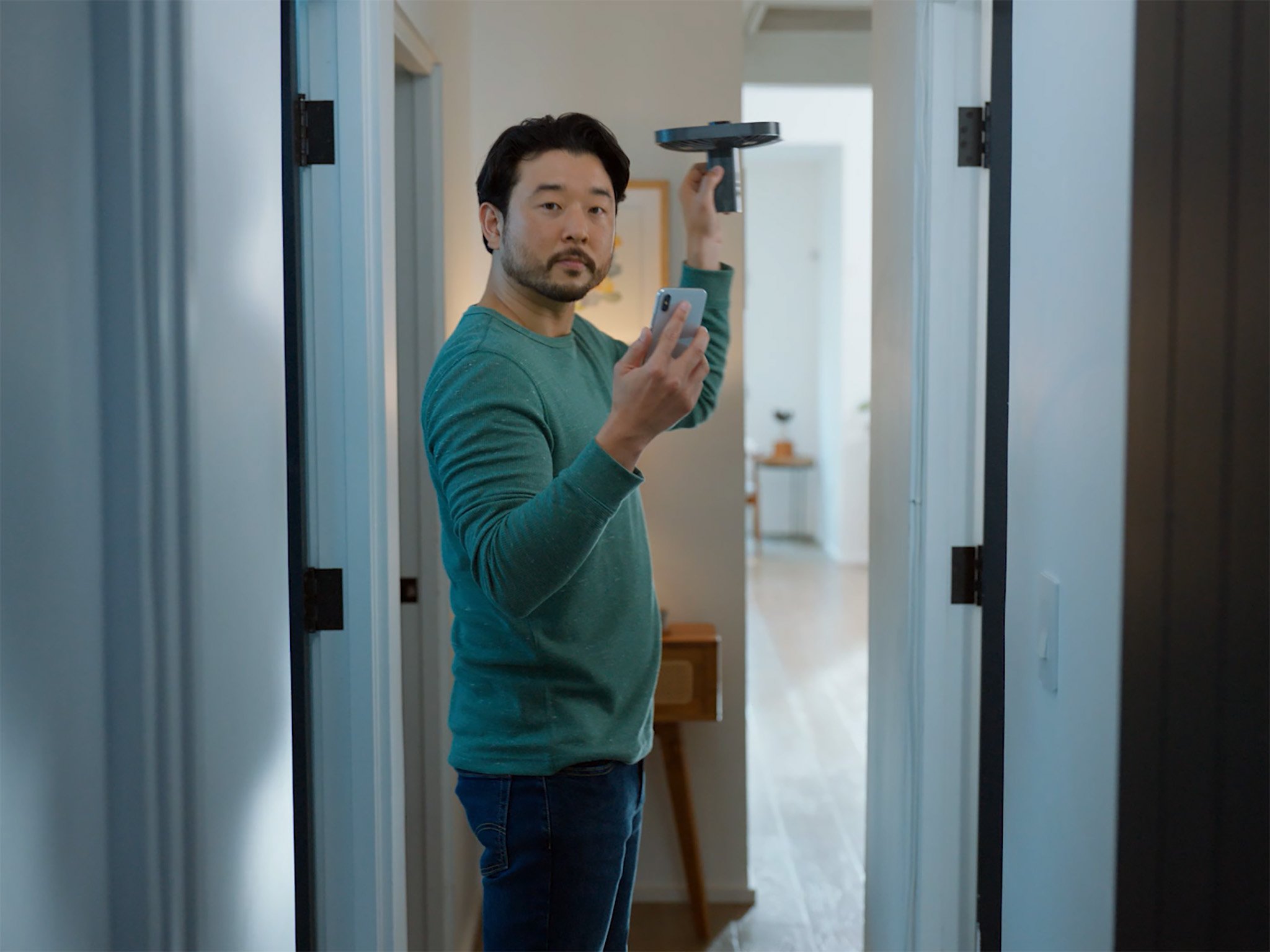
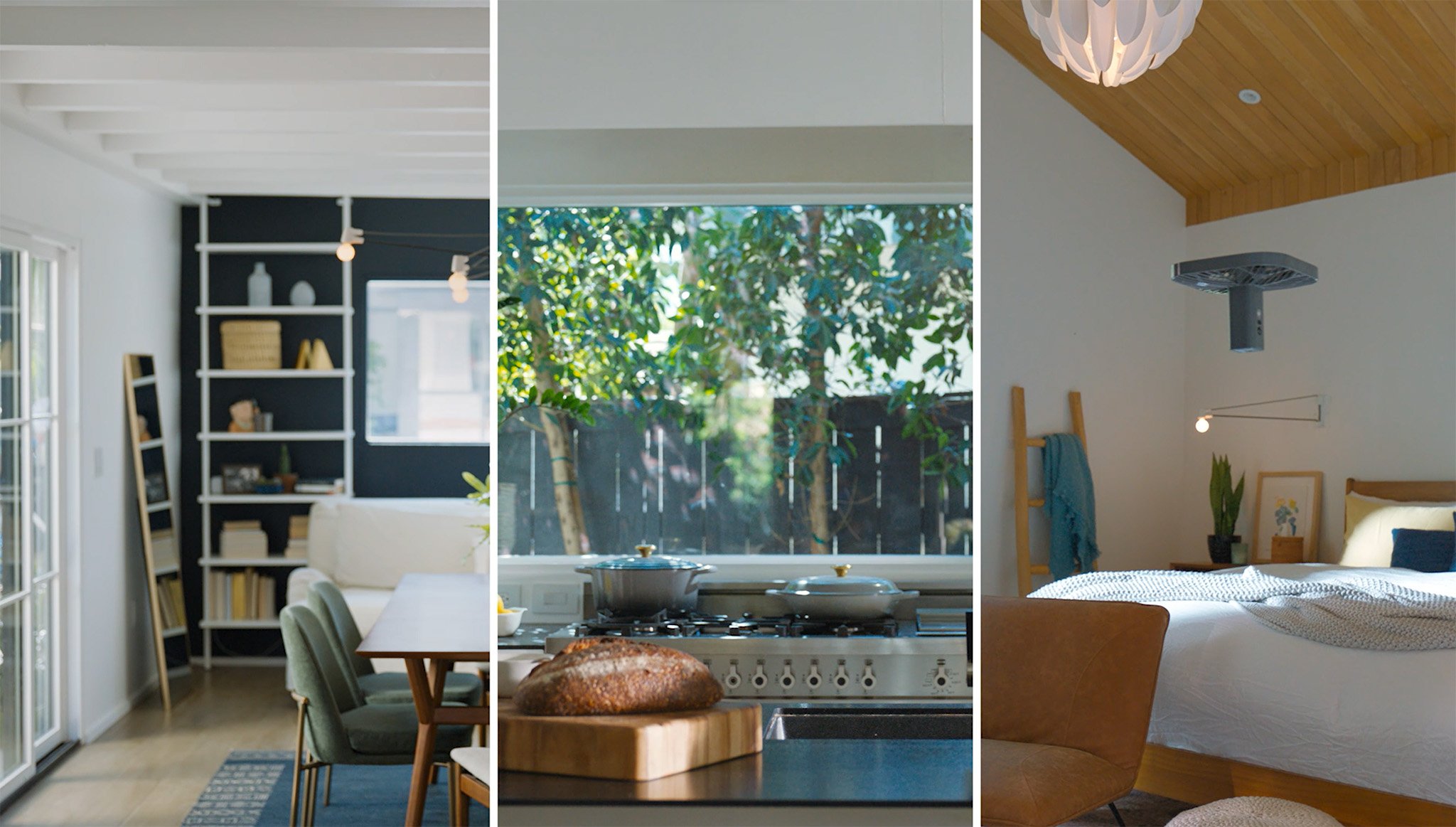
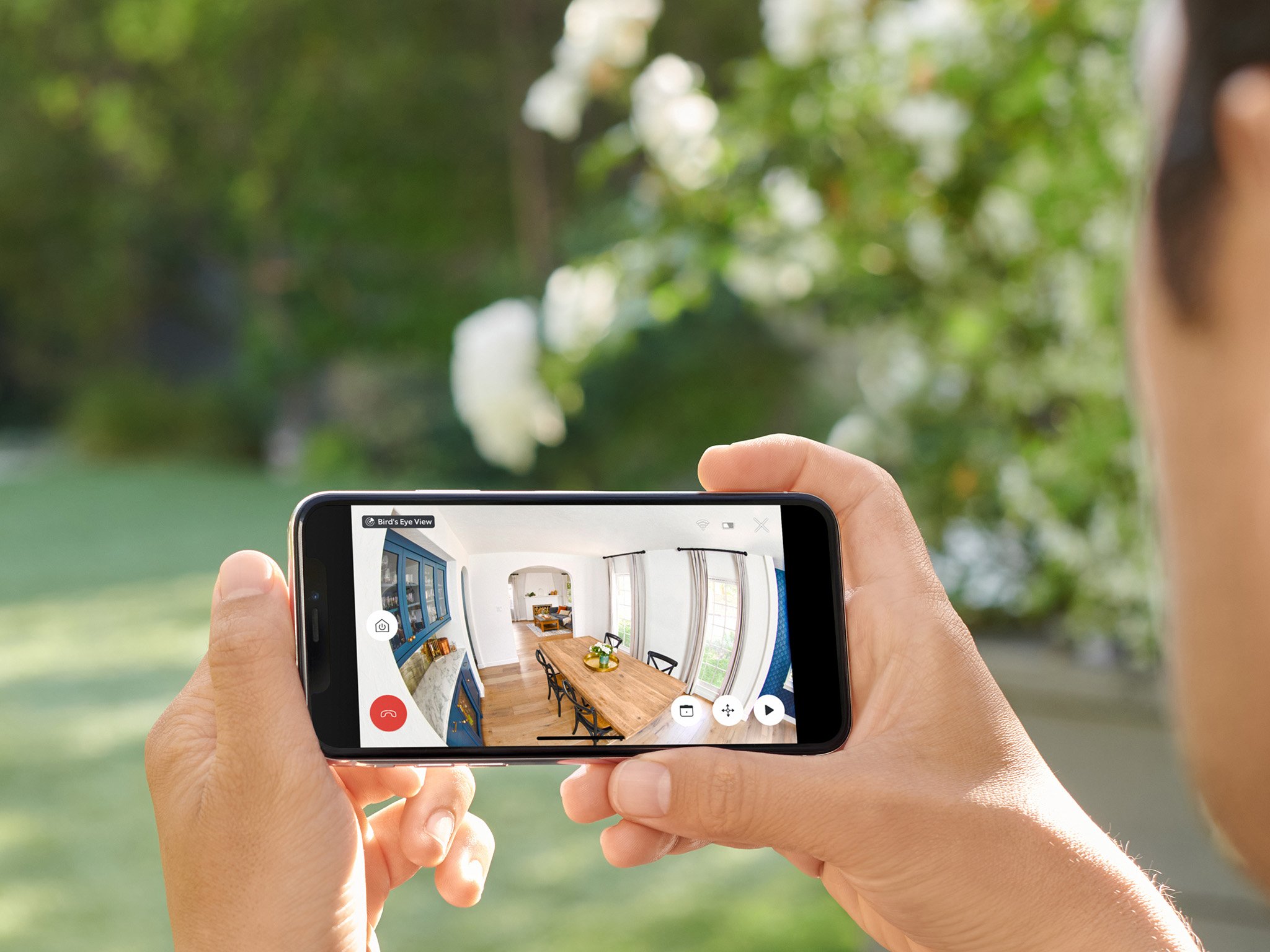
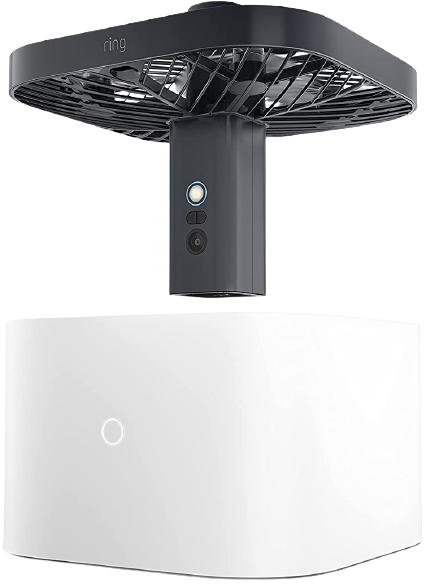
0 Response to "You Can See More: Ring's drone camera is the only camera I want inside of my home"
Post a Comment